Zriba Olia in Zaghouan: A Forgotten Jewel in Tunisia’s Mountains
At 410 meters above sea level, Zriba Olia in Zaghouan is a breathtaking monument to Tunisia’s rich history. Once a thriving Amazigh village, it now offers stunning views of the Zaghouan mountains, the Gulf of Hammamet, and the surrounding plains. Though abandoned for decades, the village remains a symbol of resilience and ingenuity.
Table Of Content
The Origins of Zriba Olia in Zaghouan
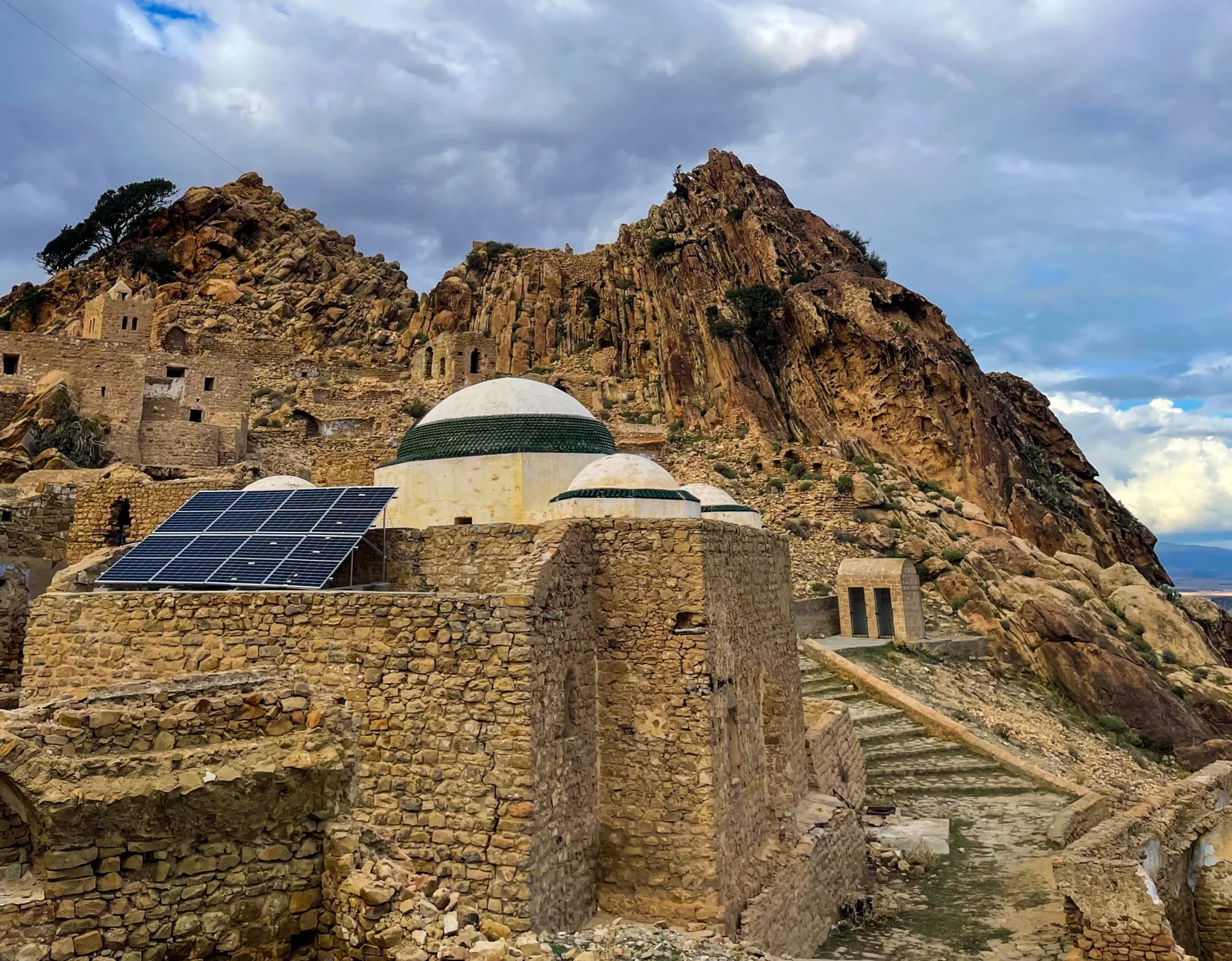
Historians debate the exact origins of Zriba Olia. Some suggest it was established during the Roman invasion of Tunisia, while others point to the 11th century, during the Hilali invasion. They believe the village’s high-altitude location served as a refuge for Berber people fleeing foreign invaders. This pattern of retreating to mountaintop villages for protection became a common practice during periods of conflict.
Popular memory, however, suggests a different story. According to oral tradition, Zriba Olia was founded in the 17th century by three brothers from Saguia El Hamra in the Maghreb. They settled in three different mountainous villages: Zriba Olia, Takrouna, and Jeradou. To communicate across the mountains, the brothers used smoke signals to convey messages of joy, danger, or distress.
Another version of the story claims that various tribes, including the Mansour, Ben Ali, Mubarak, and Hajj Hussein tribes from Saguia El Hamra, along with the Al-Badawi and Al-Hamarna tribes from Morocco, settled in the area. These tribes contributed to the creation of Zriba Olia, adding to the village’s unique cultural heritage.
The Architecture of Zriba Olia in Zaghouan
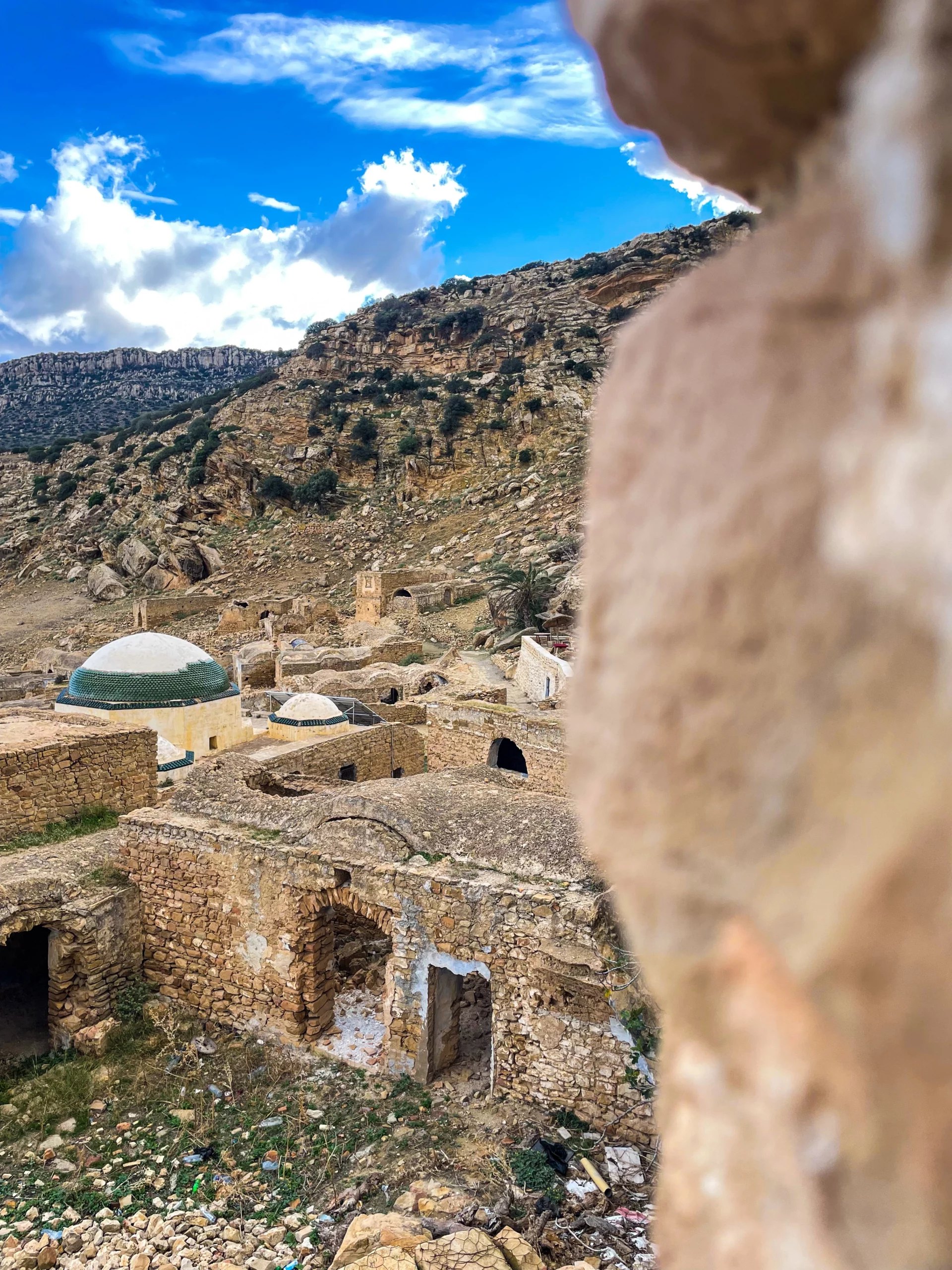
The architecture of Zriba Olia showcases the skill of the Amazigh people. The stone houses, tightly packed and built on a slope, resemble a fortress. This design served as protection against external threats while providing insulation from the harsh climate. The villagers used local materials like stone, lime, and sand, harmonizing with their surroundings.
The narrow, winding streets of Zriba Olia were carefully paved. Key communal structures, such as the mosque, water cisterns, and the zawiya (a Sufi sanctuary), formed the heart of village life. The mosque, dating back to the 17th century, still stands as a silent witness to the village’s past.
Daily Life in Zriba Olia
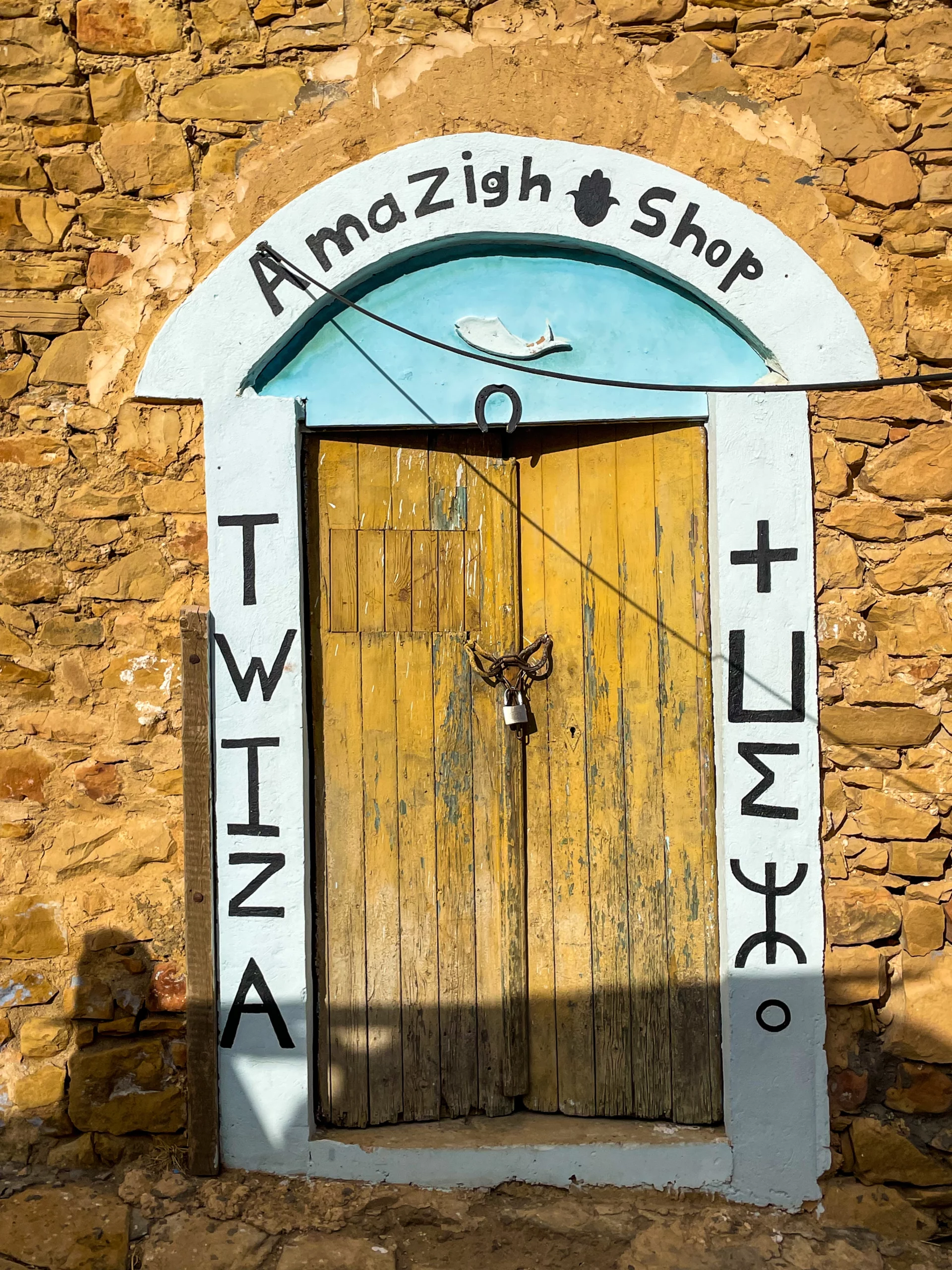
Zriba Olia’s economy revolved around agriculture, animal husbandry, and craftsmanship. The fertile plains below grew wheat and barley, while goats and bees were raised. The village became well-known for its woven mats made from alfa grass, which were sold as far as Tunis.
Water management was crucial to life in Zriba Olia. Springs like Ain Hammam Zriba and Ain Al-Saboun provided irrigation, while wells like the one at Sidi Belhassen Chadhli were essential for daily needs.
Decline and Abandonment of Zriba Olia
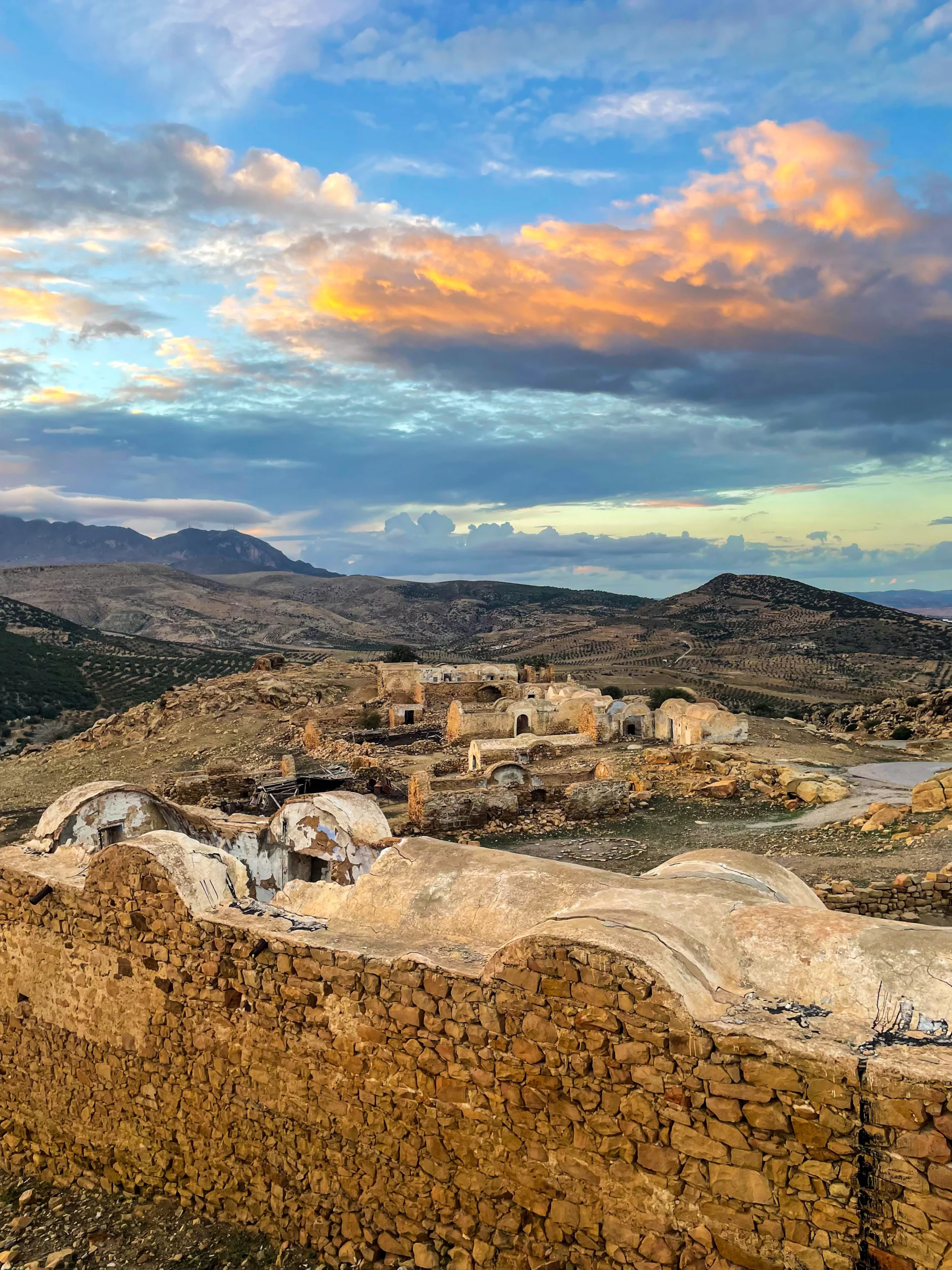
By the mid-20th century, Zriba Olia’s population began to decline. The rugged terrain and lack of modern infrastructure made life difficult. As residents moved to more accessible areas, the village was eventually abandoned. The last inhabitants left in the 1960s, and Zriba Olia has remained empty ever since. Today, the village stands as an open-air museum, preserving the memory of its once-thriving community.
Preserving Zriba Olia’s Legacy
Though no longer inhabited, Zriba Olia in Zaghouan remains an important historical site. Visitors can explore its ruins, enjoy the panoramic views, and reflect on the lives that once filled the village. Efforts to preserve Zriba Olia highlight its cultural significance as a symbol of Tunisia’s Amazigh heritage.
Plan Your Visit to Zriba Olia
- Location: Zaghouan Governorate, Tunisia
- Altitude: 410 meters
- Attractions: Ruins of the mosque, zawiya, traditional houses, panoramic views
- Best Time to Visit: Spring and autumn for mild weather
What to do in Zriba Olya ?
- Zriba Olia Hike: You can visit transtunisia.com for more details about the Hiking Trail.
- Walking Tour: Discover the Ruins including the Mosque, Mausoleum and the old houses.
- Lunch: You can visit Dar Zriba Restaurant, a place with panoramic views
Zriba Olia in Zaghouan is more than just an abandoned village. It’s a window into Tunisia’s rich past. As you walk through its cobbled paths, the echoes of history remind us of the ingenuity and resilience of its former residents.
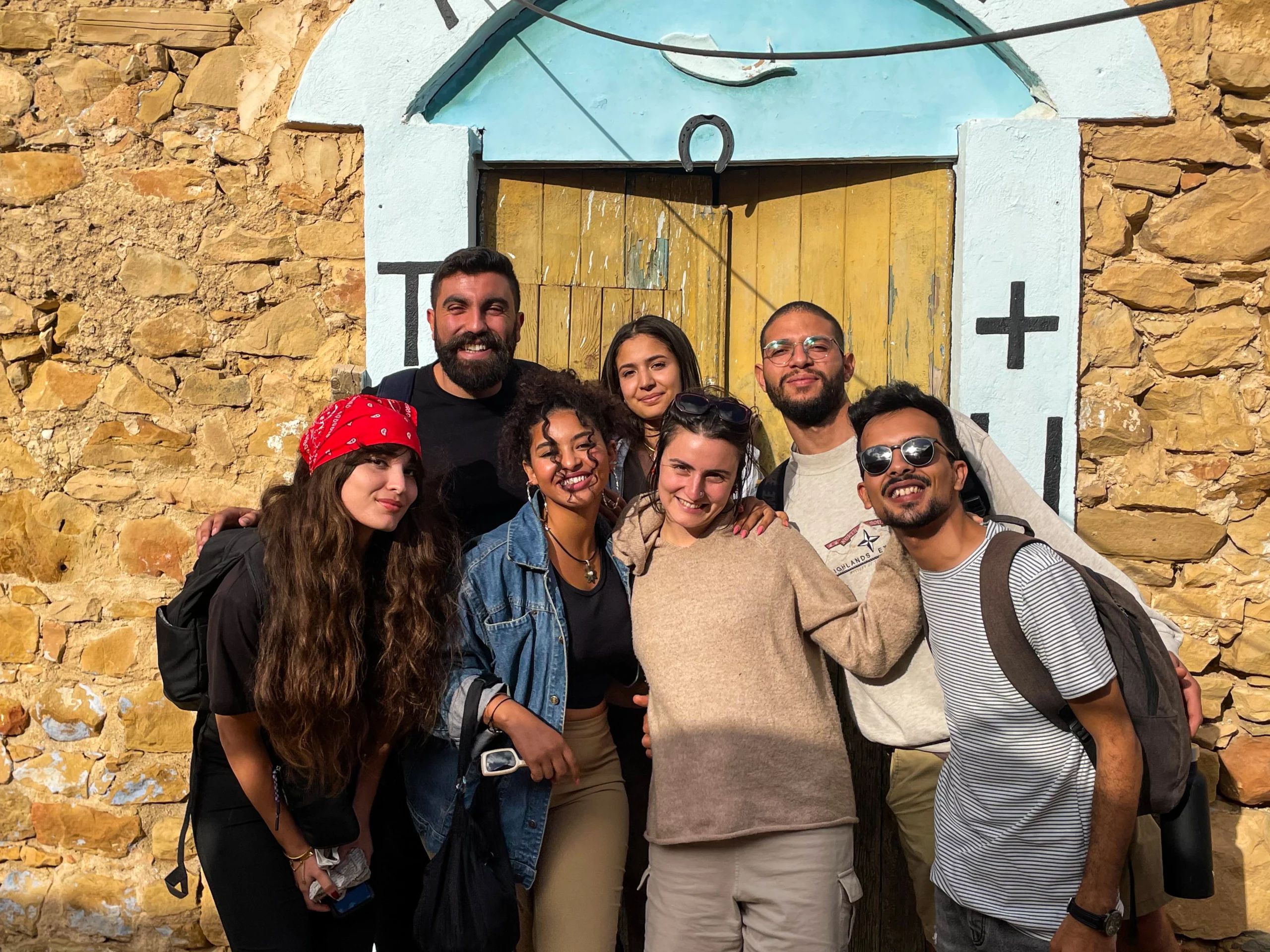
Extremely motivated to constantly develop my skills and grow professionally. I try to build my knowledge, flexibility, and interpersonal skills through several projects and within different teams.



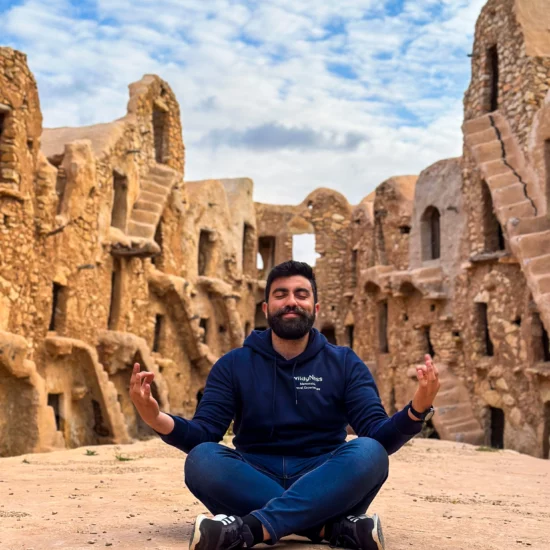
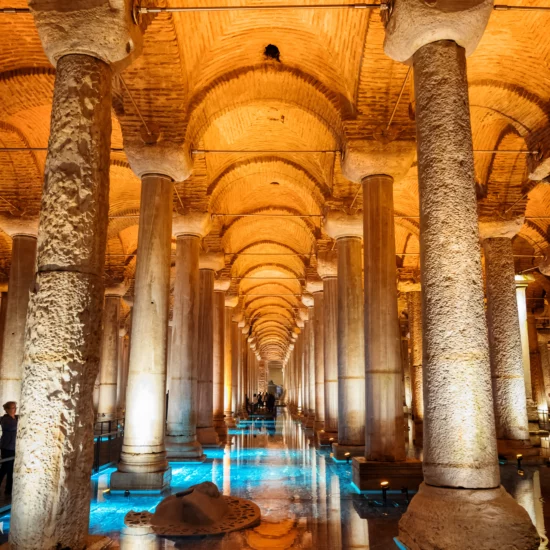
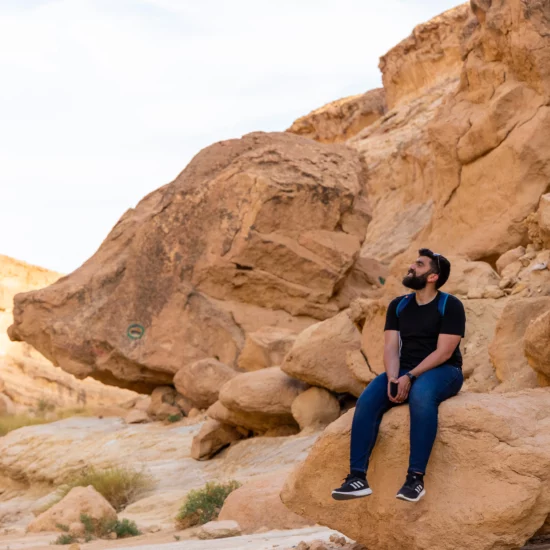
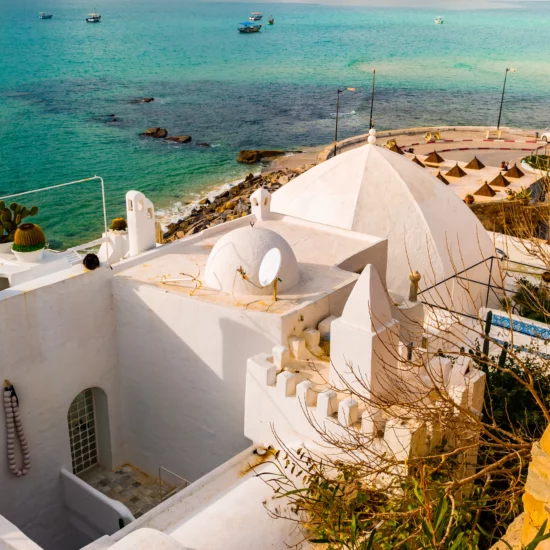
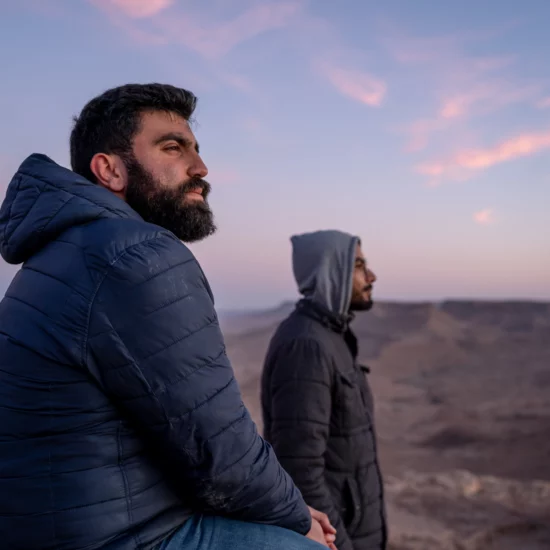
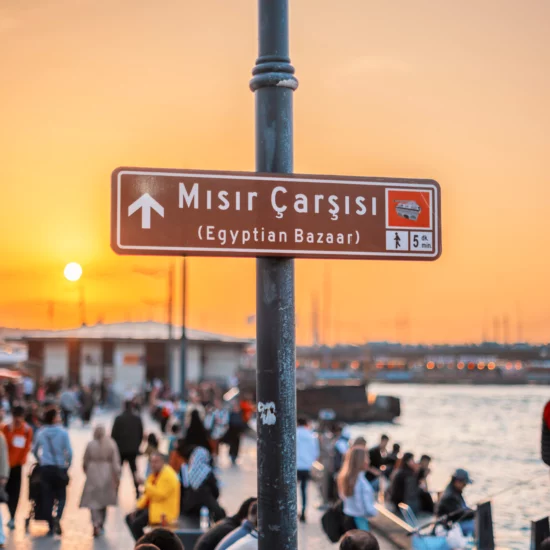


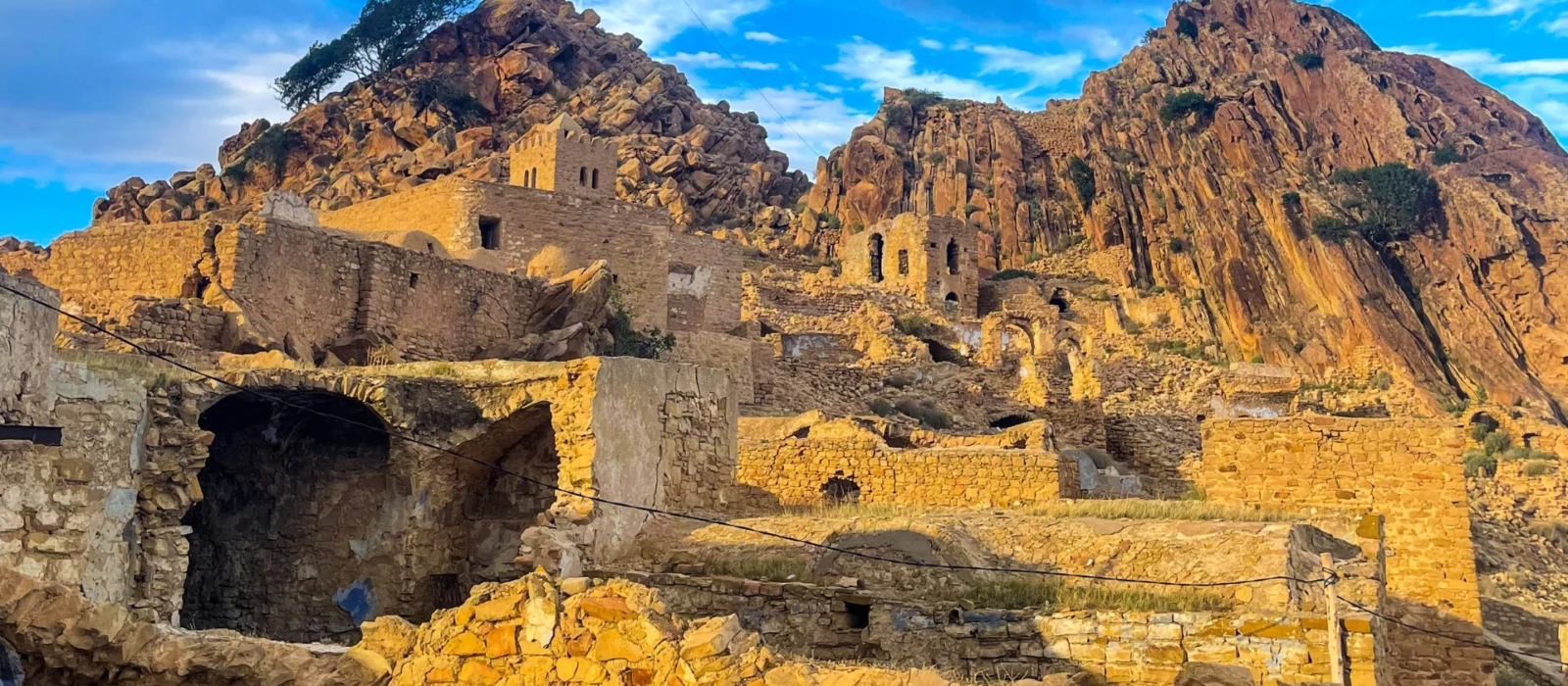
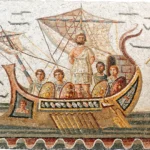
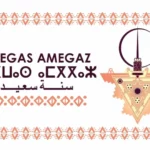
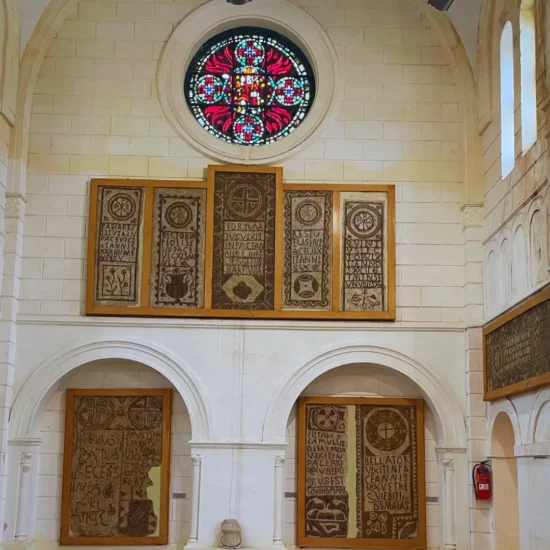
Hola! I’ve been following your blog for a long time now
Just wanted to say keep up the fantastic work!